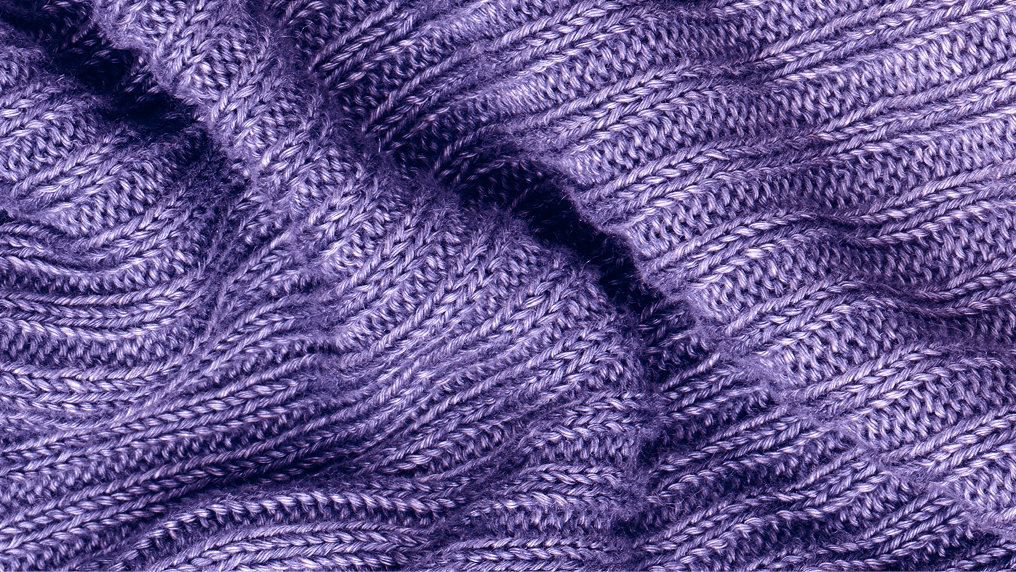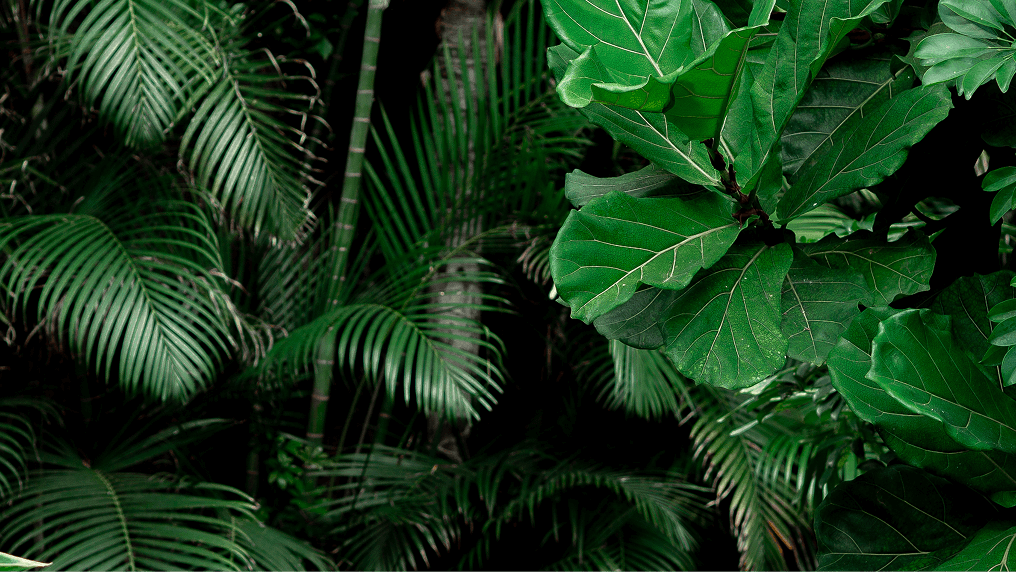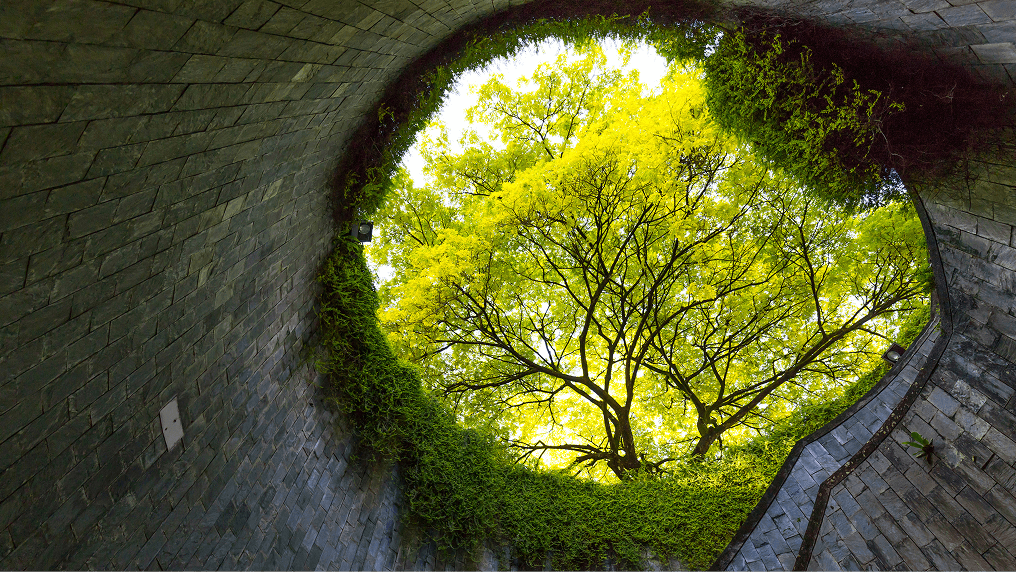When FARFETCH was founded in 2007, one of the key parts of it’s vision was to better match supply and demand of luxury fashion, and therefore help tackle the fashion industry’s overproduction problem. Since then, the company has expanded its products and services to enable users in over 190 countries and territories to access luxury fashion in different ways. It has also started to decouple its business model from making more new products. For example, users have the possibility to purchase pre-owned clothing and accessories, prolong the use of their shoes and handbags through Farfetch Fix, or resell them through Farfetch Second Life. Through these and other initiatives, FARFETCH aims to achieve its ��“circular > linear” goal of becoming more circular than linear by 2030 – with more than 50% of all the products it deals with to be recycled, upcycled, pre-owned, re-sold, donated or repaired.
Biodiversity benefits
By connecting unused clothes to new customers, thereby increasing the number of uses of existing garments, FARFETCH services can reduce the pressures on biodiversity associated with the manufacturing and disposal of new products. FARFETCH estimates that one pre-owned purchase saves, on average, 1kg of waste, 3,040 litres of water, and 22kg of CO2.*
* FARFETCH calculated these savings based on data that, on average, 57% of pre-owned fashion purchases through their platform prevented the purchase of something brand new.
This page is part of a deep dive into biodiversity and fashion, where we delve deeper into safeguarding biodiversity by circulating clothes, eliminating pollution, and regeneratively growing natural fibres.







